By the Numbers

The priciest new listing in Seattle is a $6.5 million, 3,000-square-foot penthouse at The Nexus.

Contract signings were up in all four U.S. regions.

There’s a tie on this month’s list of the most expensive homes sold in greater Seattle — two penthouses in Seattle’s Escala high rise.

The National Association of Home Builders’ monthly survey found continued pessimism among the nation’s homebuilders at the end of a tough year.
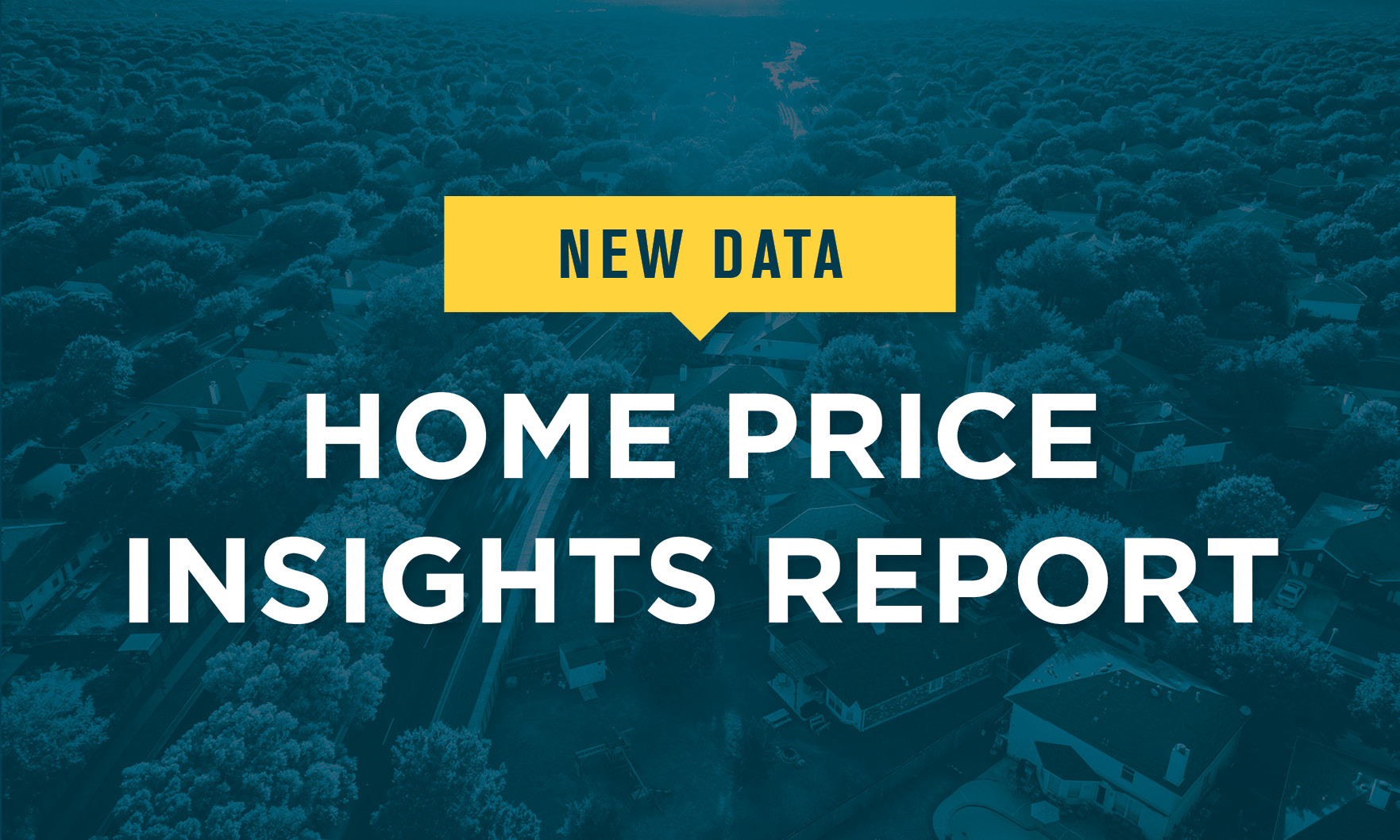
Geographically, trends varied widely, with formerly hot areas like Florida and the Southeast posting the deepest declines and formerly cool areas, like the Midwest, showing healthy gains.

Windermere agents are responsible for half of the 10 most expensive new listings in Seattle.

By region, sales rose in the Midwest, Northeast and South but fell in the West.
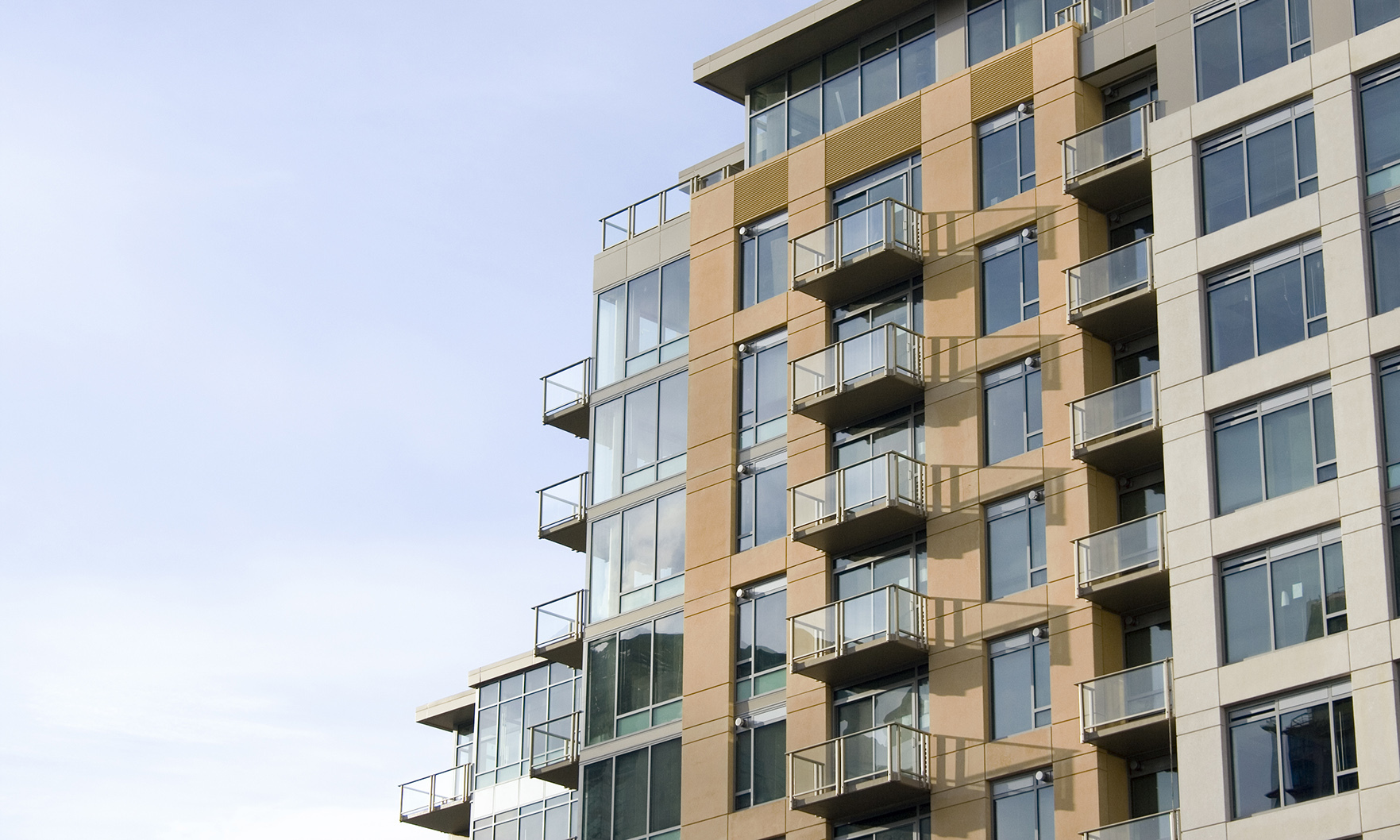
The typical asking rent for an average rental unit reached $2,224. Though that’s a 2.7% increase from last year, the median household income outpaced this acceleration, growing 3.9% during the same time frame.
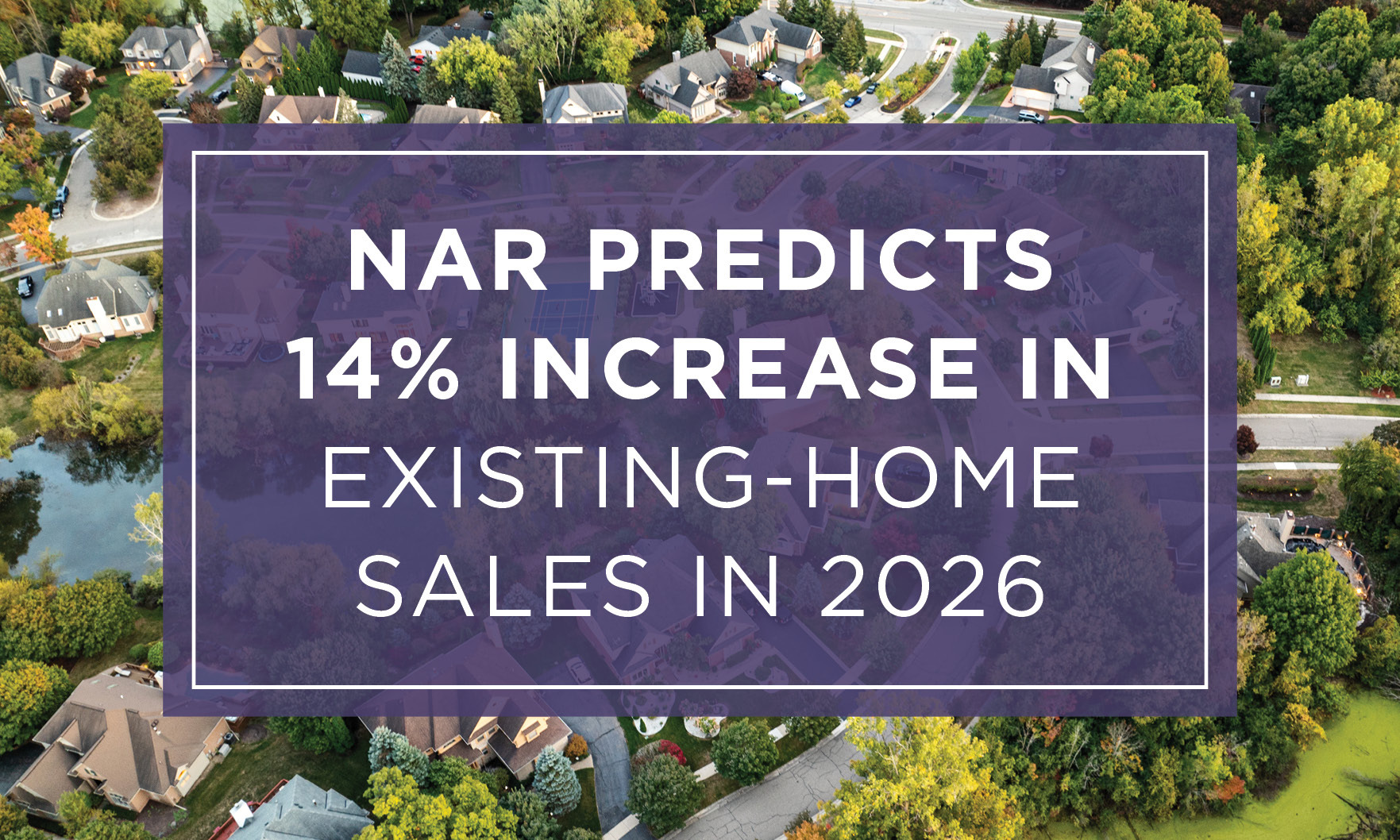
The chief economist for the National Association of REALTORS® also predicts home prices will climb 4% compared to 2025.

A $25 million waterfront estate on Mercer Island was the most expensive home sold in greater Seattle in October.
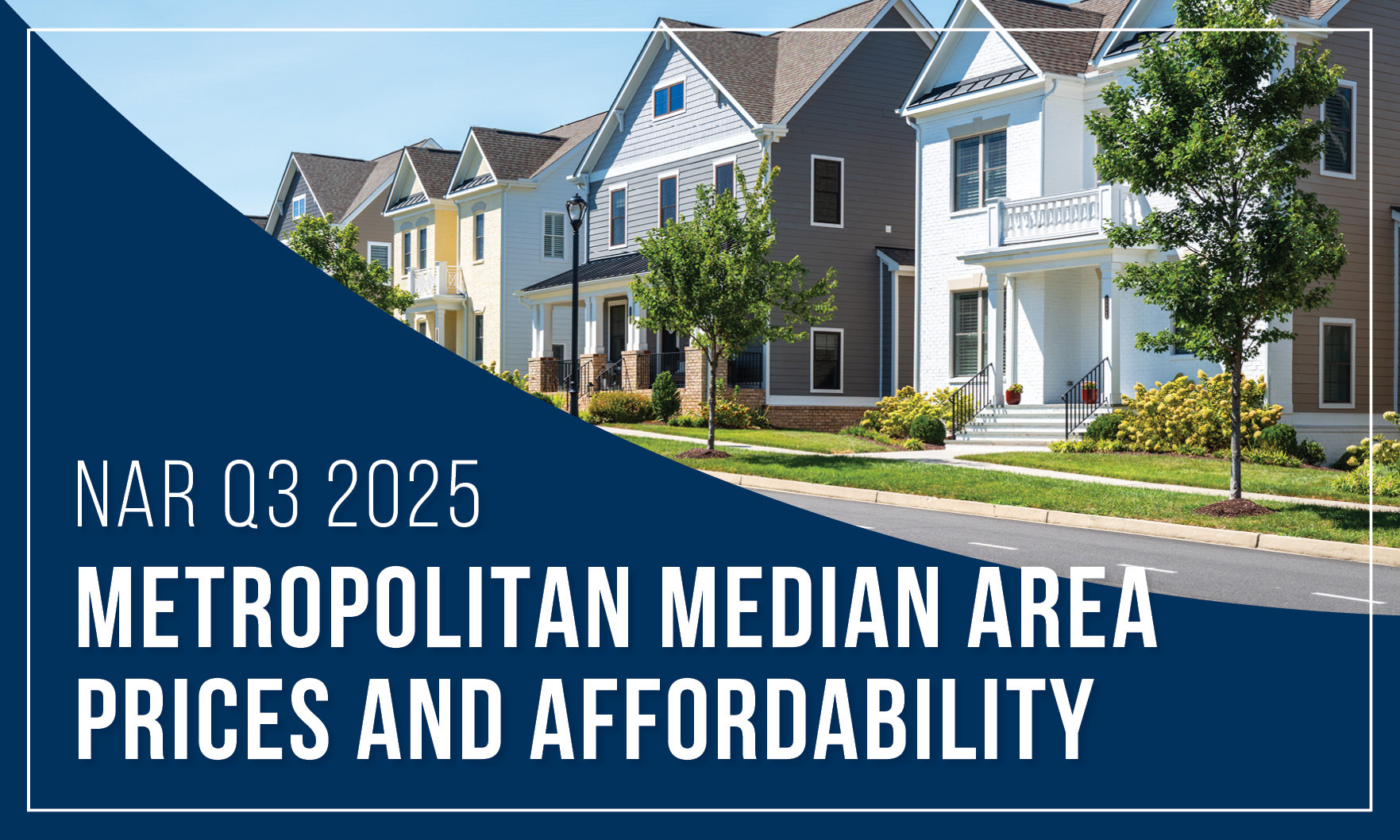
Nationwide, the median price for a single-family home increased 1.7% year over year to $426,800. Prices increased by the same annual rate during the second quarter.

Half of the 10 most expensive new listings in Seattle were listed by Windermere Real Estate agents — including the top three, led by a $7.7 million mansion with mountain views.

Given the rate of sales, the nation had a 4.6-month housing supply, up from 4.2 months a year prior.
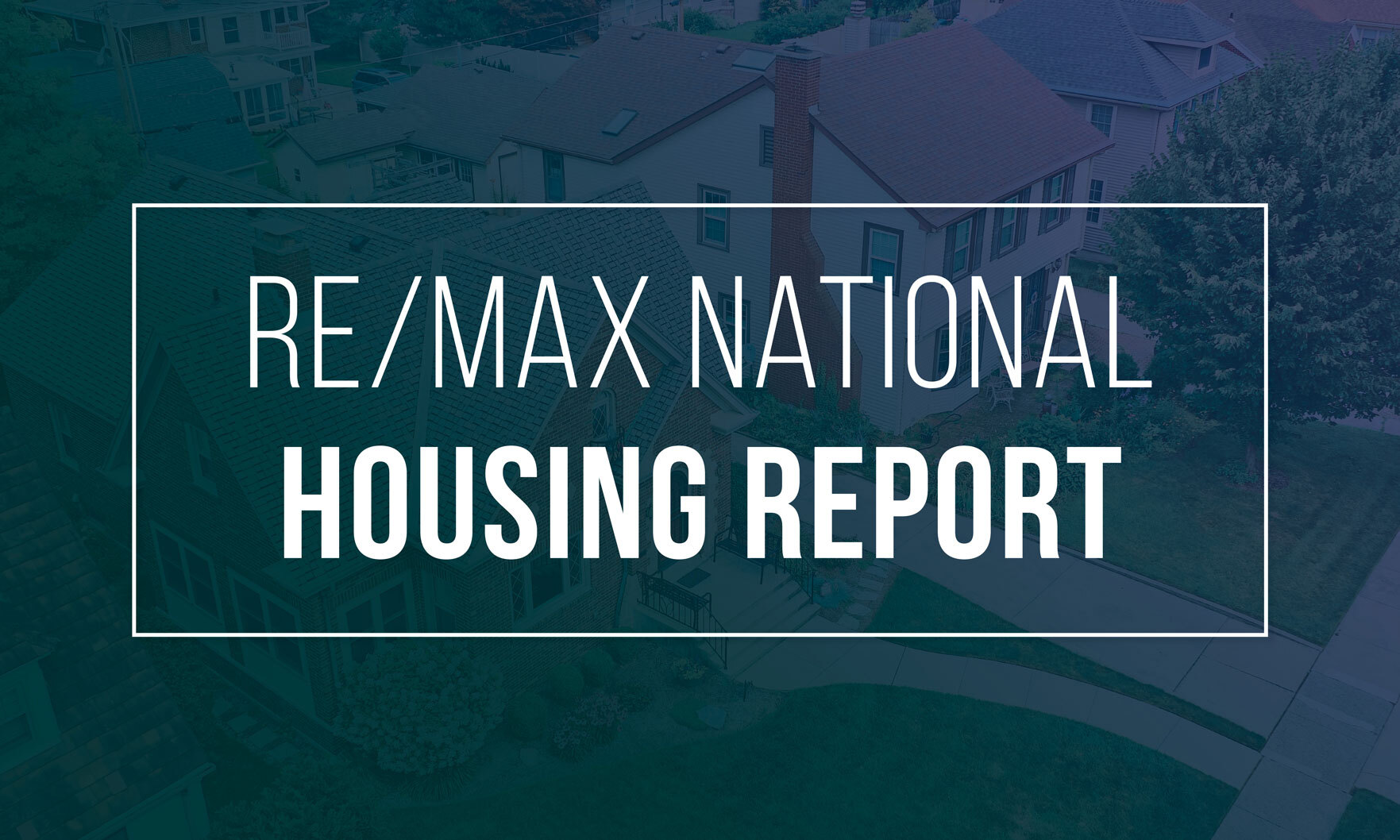
Nationally, home sales in the 52 metro areas surveyed by RE/MAX increased 8.5% year over year for the fourth time in 2025, but declined 4.6% month over month.

Modern architecture is a prominent theme on this month’s list of the 10 most expensive homes sold in greater Seattle.

The pace of home sales, meanwhile, remained at “multi-decade lows” even as affordability reached its most favorable level since 2022.
